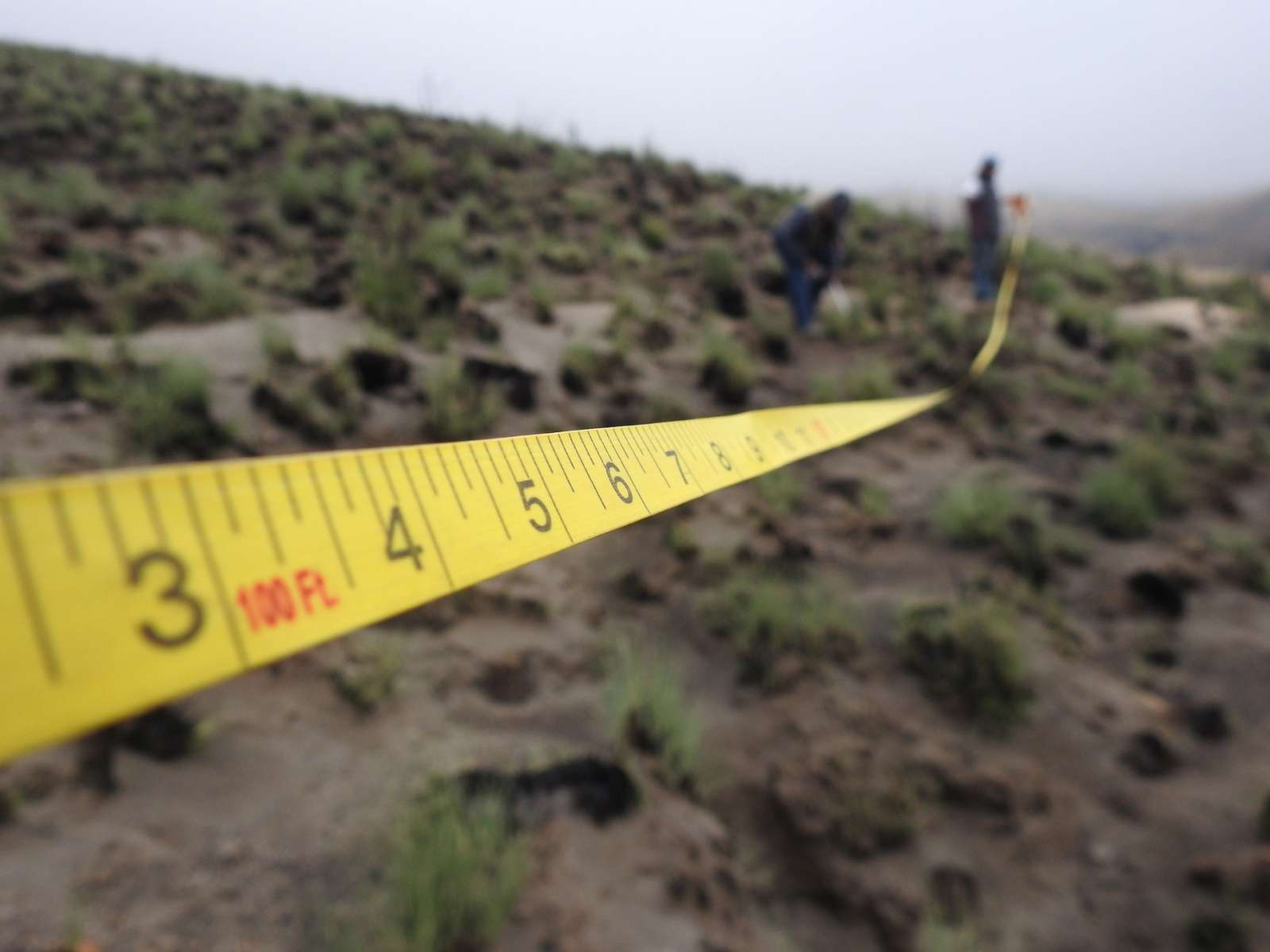
Every product developer should ask himself whether a product is well received by customers and whether they would ultimately recommend it to others. Often the mistake is made that only the profit or turnover is taken as an indicator for a good or bad product. Of course this figure is important to show the general condition of the company, but for the product development itself this figure is rather uninteresting.
There is much more important information that says something about the success of a product. Because in the end a product successfully solves the problems of the users, then also the customer satisfaction rises and has direct influence on the conversion and/or profit.
Developing and measuring indicators that really say something about product quality and popularity is not an easy task. Frequent problems are that there is too little data, wrong values are measured or wrong conclusions are drawn.
Inspired by Todd Olsons presentation presentation and own experiences in our company, I would like to show you how and what you should measure with your product.
Number of active users
A very simple code is the number of people using your product.
Depending on the business objectives or product type, this key figure should be further subdivided into:
- Total number of users
- Number of active users
- (Number of very active)
- ...
You should set goals for each of these figures and monitor and document them over a longer period of time. A status report for the number of active users per month could be like this:

The limits at which something receives the status "very good", "need for optimization" or "risk" should be adjusted at regular intervals to the total number of users.
Growth Rate
The total number of users can also be used to calculate the growth rate. An indicator that is also interesting for investors. It is important to find out what a healthy growth rate is for your product. Various sources indicate that this is between 5-7% per week.
A status report on the growth rate could look like this:

Frequency of usage
In addition to the absolute numbers of use, the frequency and duration of use is also of interest.
In the case of a product with a user account, at least the frequency of use can be shown simply by the number of logins.
It is important that you divide your user groups into different segments. For example, a small number of logins does not mean something bad for each segment. It is important to find out this for your product individually.
A status report could look like this:

Depth of usage
The eternal suffering of product development: Does anyone need this feature? Does anyone use it at all? Does the user understand how to use it?
An easy way to find out which features are used in a product is to measure it.
The first thing to do is to look at a maximum of five features of the application. These features should be the core features of the app and the user should return to the application regularly.
A statistic about the depth of usage could be like this:

This information can of course be displayed in two ways. We frequently ask ourselves the following questions about our products:
- What percentage of the user used all core functions?
- How many users have used the new feature X?
Achieving goals
In every product there are some goals that the user should achieve. For almost every product, one goal is registration. At first a registration sounds easier than it is, because on the way to a user account there are many hurdles the user can fail at. These hurdles have to be identified and eliminated.
A status report for efficiency of user registrations could be like this:

With our mobile App Lenzio, a personal financial assistant, the registration had some hurdles. We have set ourselves the goal that a completed registration also includes the connection of the bank account. We have found out the following steps on the way to our goal:
- Registration started
- Entered name, email and password
- Accept terms and conditions and data policy
- Connect bank account
It is very interesting for us to see how many percent of the users made it to the last step.

As you can see from these values, there are problems with the last step: "Connect bank account". With such numbers it is important not to get frustrated, but instead to be happy that you have found out exactly what failed to achieve your goal with the help of your metrics. In the next step, usability tests, user interviews, concept and UX improvements can be used to find out how to remove the hurdle.
User satisfaction
In addition to the usability of the product, customer satisfaction is one of the main factors determining whether a product will be successful or not. If a customer is not willing to recommend the product, the product is unfortunately not a success and will be difficult to maintain in the market.
It is often referred to as NPS (Net Promoter Score) when it comes to measuring corporate success. You should validate your data against experiences from the respective industry. Not in every industry do users like to recommend a product.
Measuring customer satisfaction clearly and with consistent quality is no simple matter. Especially for small companies and start-ups it is difficult to get proper data.
Conclusion
Correct measurement of metrics is not an easy task and mistakes are made quickly. However, the most important step towards successful product development is to start with measuring and then include the results into product development.
The mentioned points should help you to create your metrics. Not all of them apply to your product, but I hope it gives you a good start.

